- presents why and when a quad is being drawn as two triangles can cause discontinuities along the edge
- the paper presents a geometry shader implementation of generalized barycentric coordinates for quads
- this concept was introduced in 2004 for CPU rasterization when hardware support was not available
- the paper introduces an adaptation of the Heitz and Neyret texture tiling technique
- the original technique required offline preprocessing to enable histogram-preserving tiling
- the new method removes the requirement and presents the implementation in shader code only
- presents how to apply the technique for color and normal maps
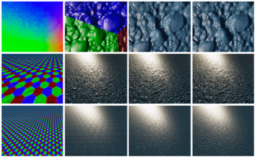
- the blog post provides an insight into how the apple metal driver is separated into components
- shows how it’s possible to call internal APIs and reconstruct hardware behavior
- presents a discussion of OpenGL clip space mapping and limitations of different emulation behaviors
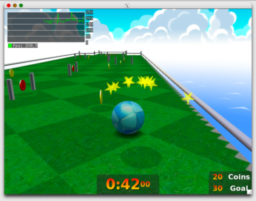
- the video tutorial explains how to implement an outline effect in Unity
- presents how to detect edges using the depth buffer, create an outline at the edges
- it additionally shows how to adjust the effect so that objects behind objects get a separate show-through-wall effect
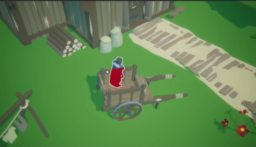
- the talk discusses the issues artist encounter and how Nanite goals are designed to resolve them
- presents a large number of topics Brian Karis had researched along the way
- shows a brief overview of the techniques, shortcomings, and reasons why they failed
- discusses how to structure long-term research, focusing on challenges of the field and the importance of coding like a scientist
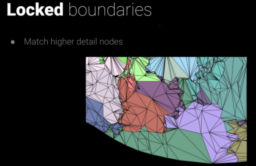
- the paper introduces two convolutional neural networks (CNN) based techniques that can detect LOD transitions and the quality of that transition
- two models are presented to solve these two issues separately
- discusses the issue with the current approaches and how the presented techniques could be used to support artists
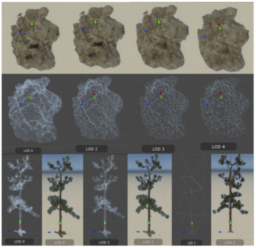
Thanks to Daniel Fortes for support of this series.
Would you like to see your name here too? Become a Patreon of this series.